
Milista: In-Depth Analysis
Introduction
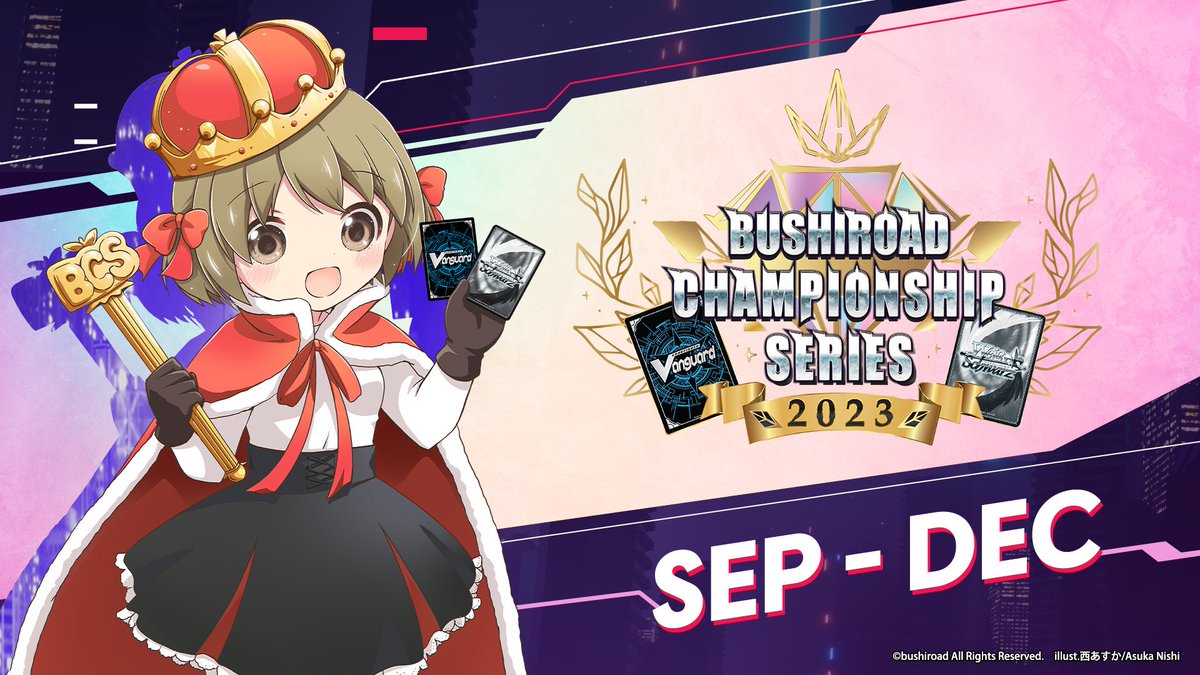
With the release of Ural in V, the concept has gained another way of doing this. It requires Ural, Myrtoa, Weddell, and Darling. The difference with this loop compared to the Akari loop is that it’s not GB locked, which means you can pull it off as soon as turn 1 theoretically. This loop uses Ural to generate infinite deck, Myrtoa as the mill engine, and Weddell and Darling as infinite soul as well as infinitely bouncing Ural and Myrtoa. This version of the deck utilizes Wilista as a milling engine to reach 1 card in the deck, which allows you to set up the various loops to infinitely mill your opponent out. This version requires Weddell or Darling in bind, either off of Ural’s on-ride skill or Nectaria’s hand skill.
Decklist
https://decklog-en.bushiroad.com/view/M0LD
(I love this decklog code)
This is a list that I have theorised with many others to be the most consistent version of Wilista Mill. Let’s break this list down into packages:
Mill Package:
- Prismagica, Wilista x 4
- Mystic Voice, Renata x 3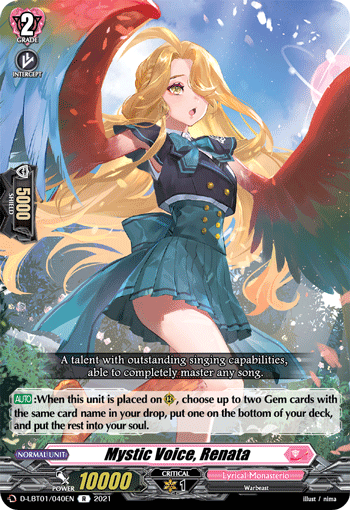
- Everlasting Sapphire x 4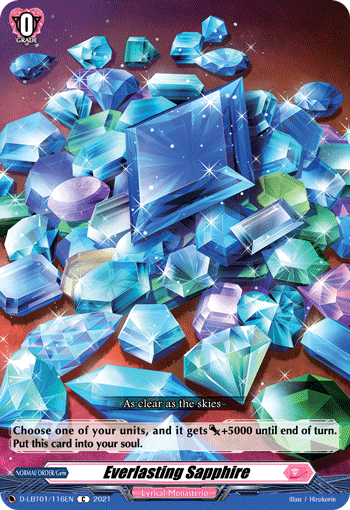
- Crossing Illumirays x 1 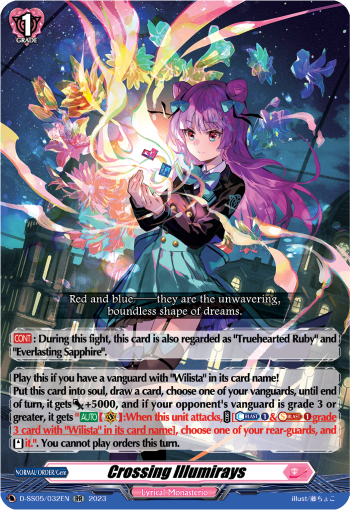
Loop Package:
- Legendary PR♥ISM-Duo, Nectaria x 2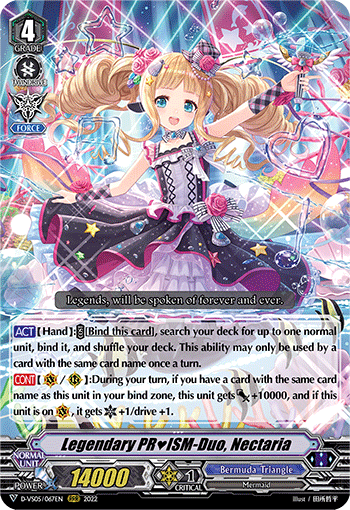
- Duo Pretty Horn, Ural x 4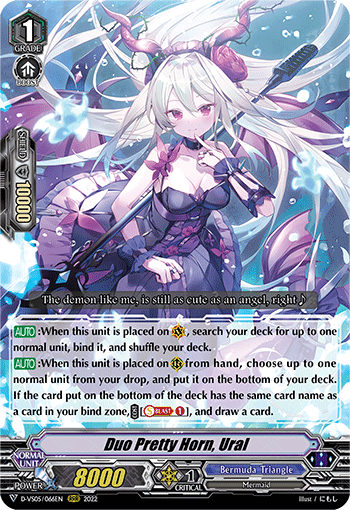
- Prism on the Water, Myrtoa x 4
- Bermuda Triangle Cadet, Weddell x 4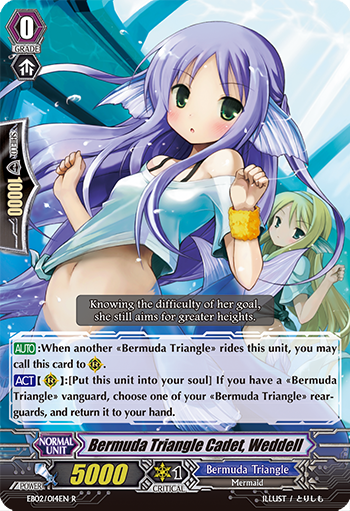
- Duo Lovers Singer, Darling x 3
Consistency Package:
- Courteous Beauty, Seria x 3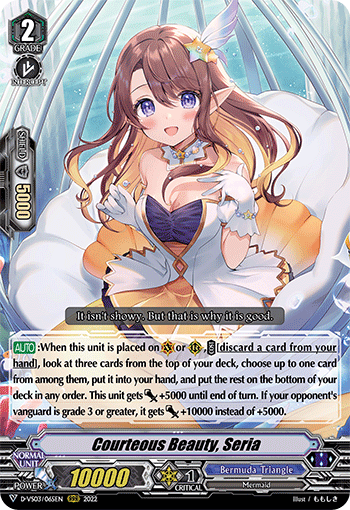
- Top Idol, Aqua x 1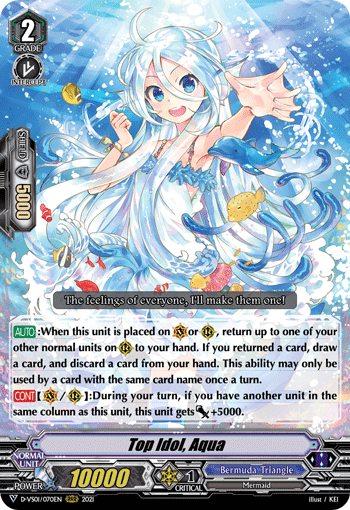
- Prism on the Water, Myrtoa x 4
- Bermuda Triangle Cadet, Weddell x 4
The Mill Package facilitates deck cycling so that you can get to the loop as fast as possible. This package uses the original Wilista to mill 5 cards from your deck by SoulBlasting Everlasting Sapphire while calling 2 cards from among them. This allows you to go through your deck extremely fast while finding pieces to keep milling or for your loop. With the Consistency Package, it allows the Mill Package to hit its pieces and continue milling until you get to 1 card in the deck. It also allows you to obtain pieces for the loop, which might have been milled off of Wilista during setup.
The triggers are the main point of contention between lists at the current moment. Most lists are on 15 draw, with 4-7 copies of draws that go into soul. The downside of this trigger lineup is that it doesn’t allow you to damage pieces. If you damage any of the following, then you cannot perform the loop anymore:
- 2 x Weddell & 1 x Darling
- 2 x Darling
- 3 x Ural
- 4 x Myrtoa
- 2 x Nectaria if you didn’t ride Ural
If you damage any of the following, then you will have a high chance of not reaching loop:
- 2 x Weddell
- 2 x Renata
- 2 x Ural (if you rode Ural)
- 3 x Myrtoa
- 2-3 x Sapphire
Having heals in the deck allows you to damage these pieces and heal them out for use later. Ural isn’t just a loop piece, but it also lets you put any pieces back to your deck. This allows you to recover from bad boardstates and survive against more matchups to get to loop. Heal Guardians also give you an extra avenue of defensive power, as staying down on Grade 2 to deny stride and obtaining pieces is a legitimate strategy.
Decision Trees
Milista is a non-linear combo deck and as such, no two hands play out the same. The main objective is to reach 1-2 cards in deck with a copy of Myrtoa and 2 copies of Ural in hand with a copy of Weddell in the bind zone.
Here is an example combo:
1.) Have 1 card in deck, which is a copy of Darling
2.) Call Ural, botdeck Weddell, sb1 and draw the Darling
3.) Call Ural, botdeck Darling
4.) Call Darling, bounce 2 Urals
5.) Call Myrtoa, sb1 draw, call Weddell
6.) Weddell bounce Myrtoa
7.) Repeat
 Since it is a loop, you can also start it from any step of this process if you end up reaching a different board state. Every iteration of this loop makes your opponent lose 1 card from their deck, meaning that once you reach this gamestate you have a 100% chance of winning.
Since it is a loop, you can also start it from any step of this process if you end up reaching a different board state. Every iteration of this loop makes your opponent lose 1 card from their deck, meaning that once you reach this gamestate you have a 100% chance of winning.
Resolving the loop is the easy part of the deck. The hard part is getting there. The most consistent way of reaching the loop is through repeated activations of Wilista’s skill, removing 5 cards from the top of the deck each time. Wilista also allows you to call your combo pieces out of top 5, meaning that you don’t need to see the Myrtoa and double Ural before you start milling down.
Since the deck is non-linear, giving a specific combo line is pointless, so I will give general pointers on what you should do in your games, and interactions that you may not immediately think of.
While playing the deck, it is very important to keep track of how many resources you have left, since Wilista can see more than 2 cards that you want to call in a top 5 check, which forces you to mill 1 or more of them. You also can see pieces go to damage, and the difference between 3 Weddells and 2 Weddells remaining in deck is greatly felt.
Mulliganing is also a very important skill in this deck. I have found the most success with a highly aggressive mulligan, sending back anything that is not:
Sapphires / Illumirays
A grade 1
1 copy of Wilista
Seria
Aqua if your hand is good
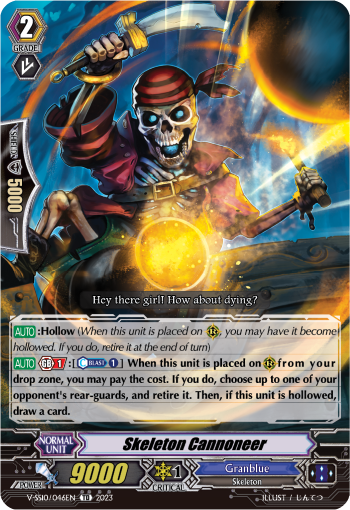 The early-game of this deck should be focused on looking for as many copies of your Sapphires and Illumirays as possible, playing them on the earliest turn possible, and then riding Wilista on the first turn where you believe that you will see the loop (I have found that 1 Gem has a 45% chance to full combo, 2 Gems have a 90% chance, and 3 Gems have a 99% chance). Staying on grade 2 for an extra turn and swinging at rears is a legitimate strategy that this deck can and will do. Heal guards also give the deck more flexibility in doing this play.
The early-game of this deck should be focused on looking for as many copies of your Sapphires and Illumirays as possible, playing them on the earliest turn possible, and then riding Wilista on the first turn where you believe that you will see the loop (I have found that 1 Gem has a 45% chance to full combo, 2 Gems have a 90% chance, and 3 Gems have a 99% chance). Staying on grade 2 for an extra turn and swinging at rears is a legitimate strategy that this deck can and will do. Heal guards also give the deck more flexibility in doing this play.
When milling down, you need to be careful of how many circles you leave open since Wilista can only call to open rearguard circles. Consider calling over an occupied rearguard with Myrtoa so that you can save some as open for your next 5 mill.
You also want to keep track of where things are in the deck as Renata, Seria, and Ural all send stuff to the bottom of the deck. Consider when the best moment to resolve Nectaria would be so that you can maximise the chance of hitting a good card off of your top 5.
Knowing the positioning of your gems is important. You can also send gems from hand to drop by discarding them with Aqua and Seria, or by attempting to call them Myrtoa and failing, which sends them to the drop zone (Section 4.4.3 in the Comprehensive Rules).
If you damage 2 Weddells, you can bind Darling with Nectaria to substitute for Weddell in your late-game combo. Some members of my testing group are much more aggressive with binding Darling on turn 3 if they damaged 0 copies of it but I personally value the ability to bounce my Urals.
One really important interaction is that you can botdeck a card with Ural and then call it with Wilista to increase the amount of resources you have access to for setting up your combo when you have milled out. This comes up often in the Granblue matchup to guarantee your 3rd Ural and 2nd Myrtoa, which allows you to play around Granblue’s out; Nightrose’s GB2 into Cannoneer.
Counterplay
 In the large card pool that is present in Premium, there are very few actual counters for the loop. Granblue’s is the most popular, by disrupting the loop through Nightrose’s GB2 ability. This allows you to revive Cannoneer from the drop zone and retire one of your opponent’s rearguards. If the Granblue player retires a loop piece that the Wilista player does not have a spare of in their hand, then they lose. If they do have a spare copy of that piece, then the loop can still be performed. Therefore, as the Wilista Player, you need to set up your loop with 2 Myrtoa and 3 Ural in hand.
In the large card pool that is present in Premium, there are very few actual counters for the loop. Granblue’s is the most popular, by disrupting the loop through Nightrose’s GB2 ability. This allows you to revive Cannoneer from the drop zone and retire one of your opponent’s rearguards. If the Granblue player retires a loop piece that the Wilista player does not have a spare of in their hand, then they lose. If they do have a spare copy of that piece, then the loop can still be performed. Therefore, as the Wilista Player, you need to set up your loop with 2 Myrtoa and 3 Ural in hand.
Link Joker can lock out the opponent from performing loop if they can lock 3 circles. The Wilista player needs a minimum of 3 circles to perform the loop, but 4 circles is preferable to be more flexible in the loop. To avoid this, the Wilista player can damage deny the Chaos player, but they are still at risk of Zirconium locking a valuable piece they need for their loop.
Megacolony removes an entire column from use with the usage of G Gredora, which forces the Wilista player to play with the 3 circle version of the loop. Depending on setup, this is hard to accomplish either because of a lack of spare pieces or the order of Darlings and Weddells in deck. If the Wilista player can't loop on that turn, then they lose because of the Gredora stride blocking Wilista's calls.
Nubatama also has one in the form of Magatsu Reverse, although it’s more luck-reliant. When it’s sent from RC to drop, the opponent has to discard a card. If the Wilista player does not have enough spare cards to discard, they are forced to discard their loop pieces. Daihouzan doesn’t work against this deck as the loop has a maximum of 3 cards in hand.
Neo Nectar also has one, albeit it relies on a lot of factors. The premise is to stride into Megaloma by using the Mowark superior ride going first. Megaloma prevents you from losing, so you can shuffle your hand and damage back to deck instead of milling out to 0 cards in deck, but this can be played around by leaving your opponent at 1 card in deck. There is still a way to play around the Wilista player passing, but the deck requires a very specific hand that includes topdecking 2 pieces to pull this off.
In terms of general gameplay across any deck, you either have to commit to dropping your whole hand to rush or damage-denying the Wilista player completely. Winning the game before they get to combo is a valid way of playing against the deck, while damage denial increases the number of cards that they have to mill. If they don’t see every single piece from their top 5 checks from Wilista, then they’re forced to use cards from the Loop Package to save their boardstate. In some scenarios, damage denial leaves your opponent at just enough cards where they can’t get to 1 card in deck, therefore bricking them out while their deck and hand size are low. Damage denial opens it up to the opponent misplaying or bricking out of loop, while rushing allows chances for the Wilista player to damage key pieces if they can’t heal them out.
Closing Thoughts
 While Milista did not top during its first weekend of the season, it got 9th place in BCS Toronto due to facing its worst matchup (Chaos) twice, and one of its tiebreakers getting down-paired twice. If neither of these happened it would have made top 8. In our testing, the deck averages a 75-80% winrate which calculates to approximately 50% chance of a worlds qualification in a 6-round event. Some people forecast a near 90% winrate and I would be interested to see their lists when they top with them. As a deck, I think it has okay viability, but it is liable to getting sacked out of tournaments or ruining other players' tournament runs. Because of these reasons, I believe that this deck should and will get addressed before worlds, even if it does not top as much as initially feared.
While Milista did not top during its first weekend of the season, it got 9th place in BCS Toronto due to facing its worst matchup (Chaos) twice, and one of its tiebreakers getting down-paired twice. If neither of these happened it would have made top 8. In our testing, the deck averages a 75-80% winrate which calculates to approximately 50% chance of a worlds qualification in a 6-round event. Some people forecast a near 90% winrate and I would be interested to see their lists when they top with them. As a deck, I think it has okay viability, but it is liable to getting sacked out of tournaments or ruining other players' tournament runs. Because of these reasons, I believe that this deck should and will get addressed before worlds, even if it does not top as much as initially feared.

